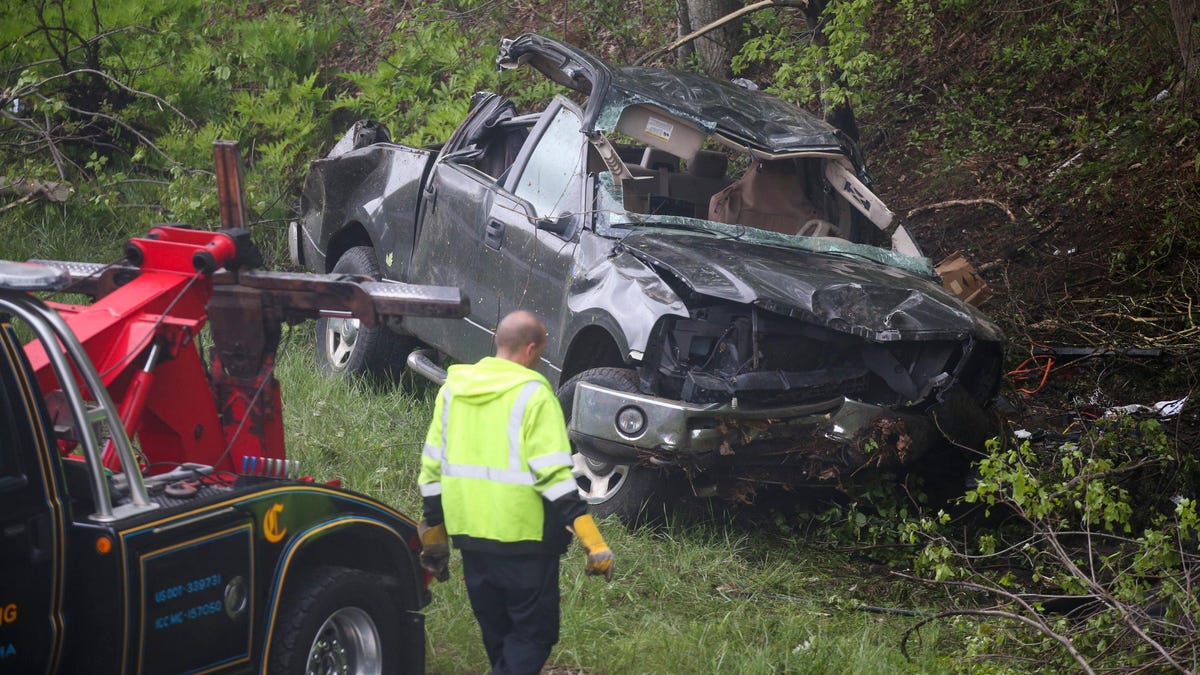Many Cars on U.S. Roads Do Not Meet NHTSA Safety Standard for Rollover Crashes

Photo: Nicolaus Czarnecki (Getty Images)
The wrongful death suit that Ford lost in Georgia last week has something to do with a safety standard NHTSA revised in 2009, outlining the weight vehicles had to withstand in rollover crashes. Back then, NHTSA said roofs in vehicles weighing up to 6,000 pounds had to withstand three times the vehicle weight, but NHTSA didn’t apply the same standard to heavier cars weighing between 7,000 and 10,000 pounds, saying these only had to withstand one-and-a-half times their weight. That lower safety standard is becoming a problem.
In 2010, NHTSA decided there weren’t enough heavy passenger cars on the market to justify using the same roof-crush standard, as Consumer Reports noted at the time. Now that cars have become heavier, and the average car in the U.S. is at least 12 years old, NHTSA’s safety standard has become outdated and dangerous.
As Reuters automative correspondent Joseph White argues, many cars that drivers in the U.S. currently use do not meet the NHTSA safety standard from 2009. Even if they do, the standard was bad to begin with because it allowed heavier cars to circumvent the requirements put in place for lighter cars.
So, while a vehicle that weighed 6,000 pounds had to withstand 18,000 pounds to be deemed safe in a rollover, one that weighed, say, 7000 pounds had to withstand only 10,500 pounds according to the NHTSA rule.
Even the heaviest car within NHTSA’s range, weighing up to 10,000 pounds, could get away with a roof that withstood only 15,000 pounds. Still less weight than that mandated in the lighter 6,000-pound vehicle. It just seems like a bad call from NTHSA. Or, at the very least, a call that was shortsighted.
G/O Media may get a commission
Year-round basics
Uniqlo Summer Sale
Basics you don’t wanna miss
Uniqlo’s summer sales are not to be missed. The whole sale is killer to stock up on the basics Uniqlo is known for—subtle colors, classic silhouettes, and a dress up-or-down vibe.
Consumer Reports said most cars in 2010 weighing over 6,000 pounds were commercial vehicles, and NHTSA ostensibly claimed these came with more headroom. The agency ignored warnings from safety advocates that the roof- crush standard should be just as strict regardless of weight, but NHTSA said the cost of strengthening roofs on heavier vehicles would outweigh the benefits.
In the case of Melvin and Voncile Hill, who were killed in 2014 when their Ford pickup rolled over, those benefits could have been the difference between life and death. Of course, Reuters’s Joseph White notes that the Georgia couple’s pickup was a 2002 Ford F-250, made before the NHTSA rule change. But even if they crashed in a newer 2010 Ford F-250, it’s unclear the NHTSA standard of one-and-a-half times the weight would’ve helped very much.
The lawyers representing the couple’s family presented evidence of 80 similar cases where heavy pickups failed to protect passengers during rollovers. The lawyers say there’s millions of these trucks still in use, which could lead to more injuries or deaths. That’s why the Hill family insisted on a verdict and high punitive damages, according to the Associated Press. For its part, Ford plans to appeal the verdict and the award amount.
Photo: Jake Rajewsky (AP)



